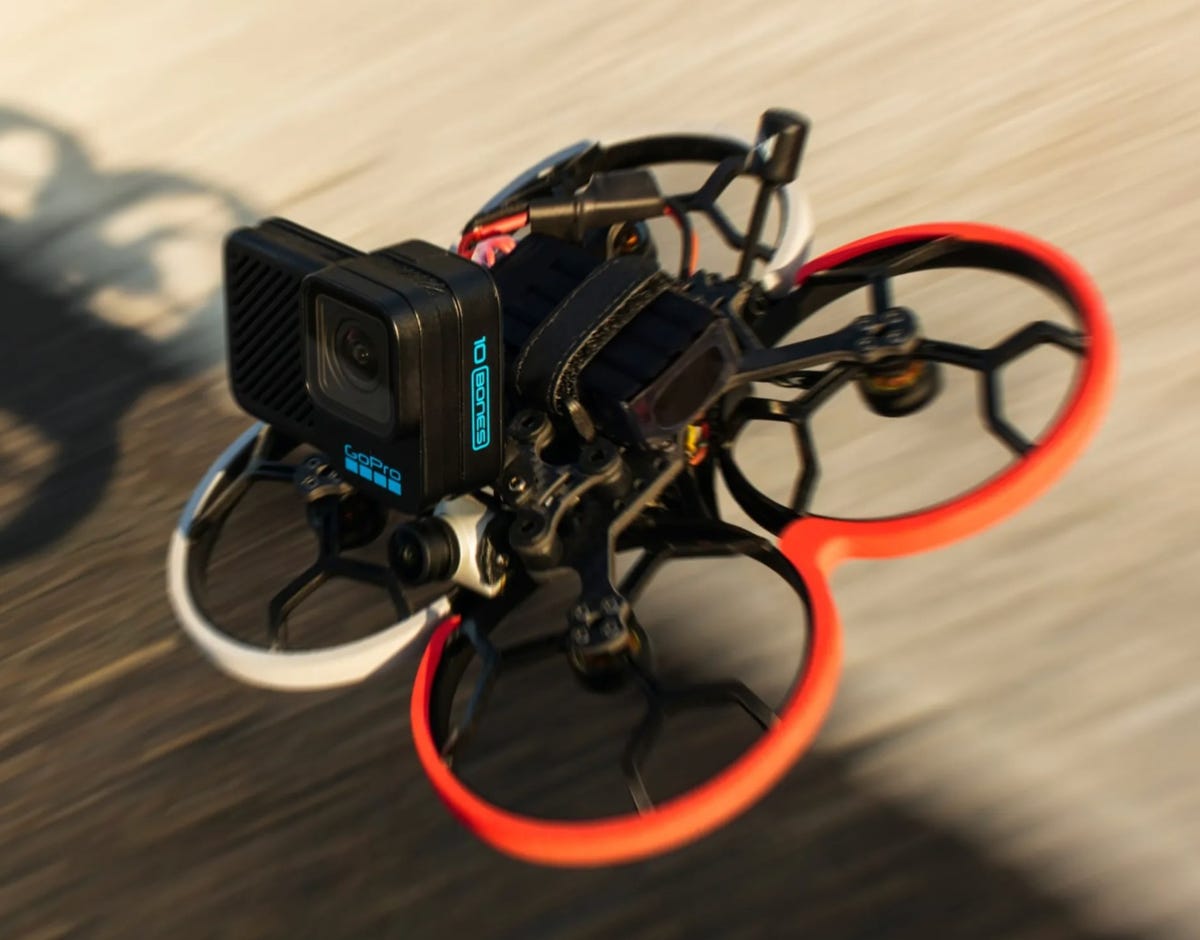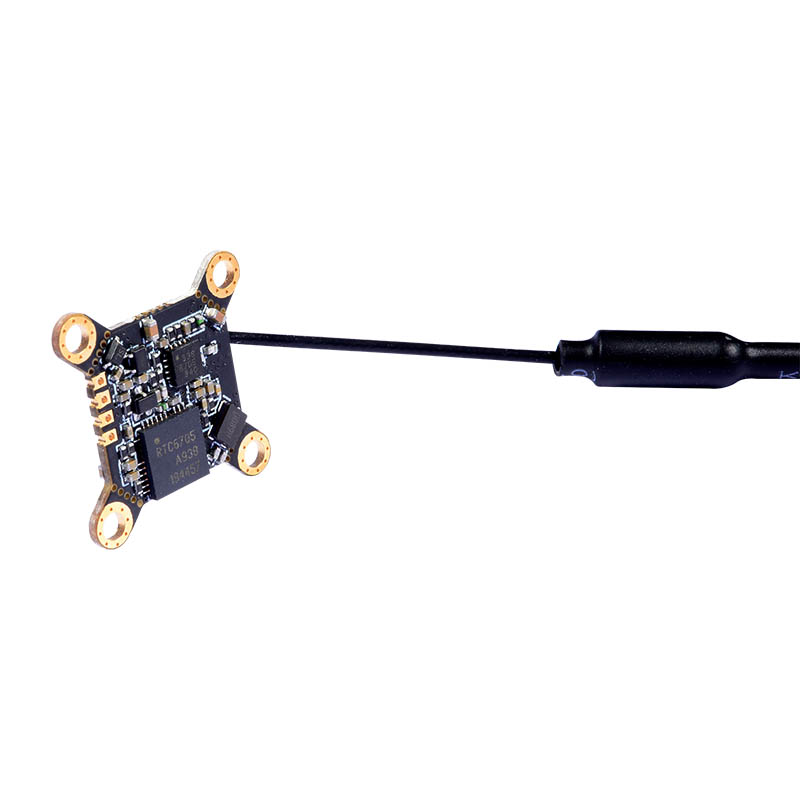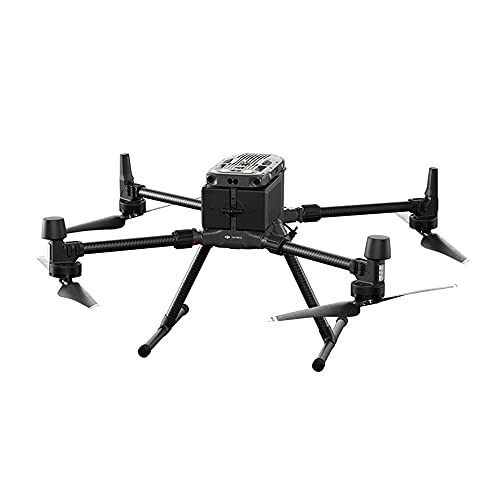
Many drones are available for kids looking to have fun and learn a new hobby. This article will focus on the Parrot Maclane, Tello EDU and the S5C, which allow for smartphone control. These are all great options for parents who want to introduce drones in their home to their children. But which drone is best? To find out which one you prefer, read on! Also, don't miss our Amazon wishlist!
Parrot Maclane
There are so many options for kids' drones, so it can be difficult to choose the right one for you. Luckily, there are some great options available for you. In this article, we will go over the benefits of these drones for kids, and help you decide which one is best for your child. After all, it's fun for everyone. It's fun for everyone.
Tello EDU
The DJI Tello is one of the first EDU drones for kids. It features a control pad that resembles a PlayStation and an integrated HD camera with a remarkable 100 mm range. It's compatible with VR headsets. It takes off easily and can be programmed to perform certain routines based on the code that it receives. Whether you are looking for a beginner drone or a more advanced model, there are a wide variety of options available.

Parrot Maclane, with camera
The Parrot Maclane with camera, a drone that your child can fly, is the best choice. This drone comes with a camera on its back and two LED lights at the fuselage. It can perform 360 degree front flips and back flips. Easy to operate, this drone will be a hit with your kids. You can even control it with your thumb.
S5C drones equipped with smartphone control
S5C drones for children with smartphone control have many amazing features that will make flying them easy. These drones can hover at various heights and capture footage to the microSD card. You can control your drone with your smartphone, or you can connect it directly to a TV and view the video. S5C drones have a range of approximately 80m, and can be flown up to 100m from the receiver.
Parrot Maclane with a blade guard
Parrot Maclane has blade guards which make it safer to fly than other children's drones. It comes with headlights, a flashlight, ultrasound, and many other fun features. The drone can fly upto 65ft and lasts approximately 25 minutes. The included USB cable and a separate 2.4A 2.4A charger can be used to charge the battery.

FAQ
What are the laws regarding flying drones
The Federal Aviation Administration (FAA), oversees all aspects of drone operation in the United States. First, you need to obtain a FAA certificate in order to operate a drone commercially. Next, you will need to complete a course in flying skills and pass an exam. You will then need to pay an agency fee.
What kind of batteries does a drone use?
The majority of drones use lithium-ion cells. A typical drone uses between 3 and 6 volts.
What is the difference of a quadcopter and an hexacopter, you ask?
A quadcopter can be described as a quadrotor helicopter with four rotors. It flies the same way as a traditional helicopter. It has four rotors that rotate independently. A hexacopter is similar to a quadcopter except that it has six rotors instead of four. Hexacopters can be more stable and maneuverable that quadcopters.
Do I need any special training to fly drones?
No, you don’t have to learn any special skills in order for your drone to fly. You only need a remote controller unit and basic knowledge about flight mechanics.
Is it illegal to fly a drone?
Yes, it is illegal to fly drones in some countries like Australia, Canada and New Zealand. It is legal in some other countries, such as France and Italy, the Netherlands, Poland, Russia or Switzerland, Turkey, Ukraine, and Vietnam.
Flying with a drone?
Drones are becoming more and more popular for personal and professional use. They are used for photography, filming, aerial mapping, search & rescue, and other applications. Recently, the FAA approved new regulations for drones, including requirements for registration, licensing and pilot training. These changes will help ensure that drones stay safe for all.
Statistics
- According to ZipRecruiter, the minimum hourly wage of drone pilots is $20. (thedroneu.com)
- Research and Markets predict a growth rate of 51.1% over the next five years. (thedroneu.com)
- According to Indeed, a drone pilot gets paid $25.73 per hour on average in the US. (dronesgator.com)
External Links
How To
How to Fly Drones for Beginners
A drone refers to a remote-controlled aircraft designed for aerial photography, surveillance and scientific research. Drones are a technology that has been around since World War II. DJI's Phantom quadcopters became commercially available in 2010. From beginner-friendly drones such as Parrot AR Drone 2.0 through professional-grade multirotor craft like DJI Mavic Pro, many types have been available.
There are many methods to fly a Drone, including
-
Remote control - This method uses a control device attached to your hand, which enables you to steer the drone through its flight path. There are two types of controllers available: joysticks and on/off switches.
-
Manual Control – This allows remote operation of the drone via GPS coordinates using a smartphone application. Follow the instructions of the app to track the exact location you want the drone go.
-
Autonomous flight - The drone takes over the piloting duties. It basically flies autonomously without any human intervention. It must have a builtin camera, sensors capable of taking images and data to enable autonomous flight.
-
Triggered Flight - This method is similar to manual control, except the pilot manually sets up a preprogrammed route, and the drone follows that route until it reaches the endpoint. The drone automatically lands once the route has been completed and returns to the base.
-
Landing Gear - Some drones come equipped with landing gear that allows them to land safely if they lose power or run out of battery during flight.
-
Goggles: Some pilots use goggles in order to protect themselves against debris when operating.
-
Camera - Some drones are equipped with cameras allowing you to capture photos and videos from above.
-
Obstacles – Some drones have obstacle avoidance systems that stop them from colliding with obstacles.
-
Speed - Some drones reach speeds exceeding 40 mph.
-
Battery Life - Most drones are capable of lasting between 20 minutes and three hours, depending on the power that you use.
-
Range - Some drones can travel upto 30 miles depending on their models.
-
Power source – Some drones require external power sources, others require internal batteries.
-
Weight - Some drones are lighter than others, while some models can weigh as much as 4 pounds.
-
Size - Drones come in many sizes, from small gadgets that fit in one's hands to large craft that weigh more than 50 lbs.
-
Price - All drones fall within a specific price range, from high-end models that can cost thousands of dollars to lower-cost options starting at $100.